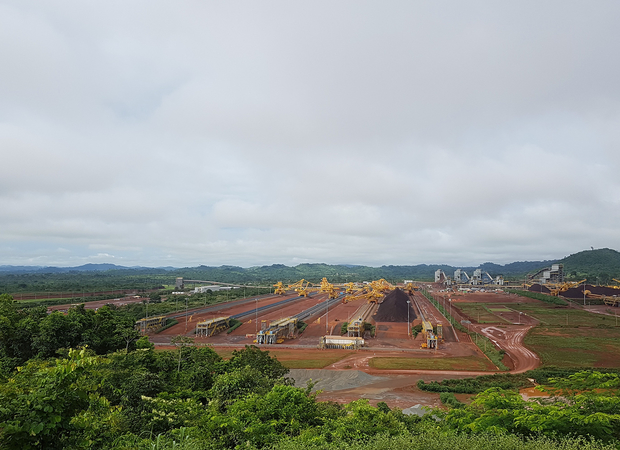China’s Asian Dream
on July 6, 2017
“China,” Napoleon once remarked, “is a sleeping lion. Let her sleep, for when she wakes she will shake the world.” In 2014, President Xi Jinping triumphantly declared that the lion had awoken. Under his leadership, China is pursuing a dream to restore its historical position as the dominant power in Asia.
From the Mekong River Basin to the Central Asian steppe, China is flexing its economic muscles for strategic ends. By setting up new regional financial institutions, Beijing is challenging the post-World War II order established under the watchful eye of Washington. And by funding and building roads, railways, ports, and power lines—a New Silk Road across Eurasia and through the South China Sea and Indian Ocean—China aims to draw its neighbors ever tighter into its embrace.
Combining a geopolitical overview with on-the-ground reportage from a dozen countries, China’s Asian Dream offers a fresh perspective on one of the most important questions of our time: what does China’s rise mean for the future of Asia. —Zed Books





